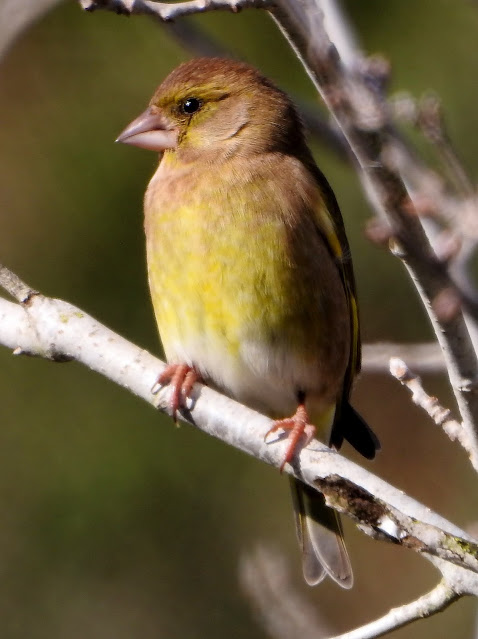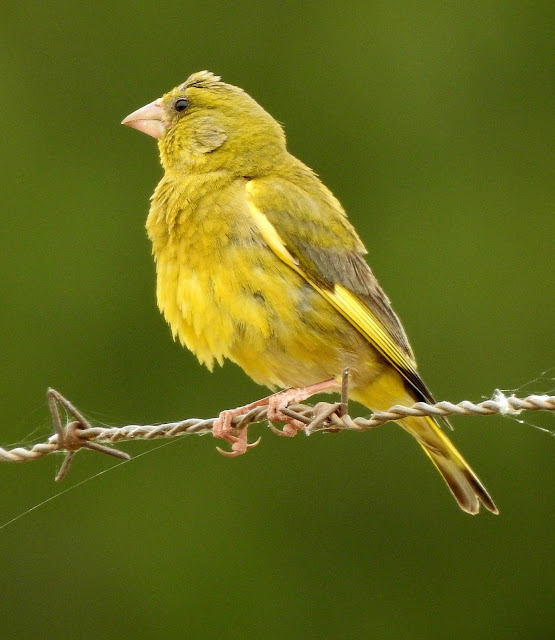The European greenfinch, or simply greenfinch, is a small passerine bird belonging to the finch family Fringillidae. Exhibiting a predominantly green plumage with yellow accents on the wings and tail, the male is a vibrant sight, while the female and juveniles are more subdued with brownish tones. This bird measures approximately 15 cm in length with a wingspan ranging from 24.5 to 27.5 cm, resembling the size and shape of a house sparrow.
To identify the European greenfinch, look for its thick and conical bill, a characteristic of seed-eating birds. The male's plumage is a striking green with yellow flashes on the wings and tail, whereas the female and young birds are more muted with brownish backs. The male's display flight is akin to a butterfly, a dance to charm its mate.
The greenfinch favors woodland edges, farmland hedges, and gardens with dense vegetation for breeding. It nests in trees or bushes within these habitats.
This bird has a broad range across Europe, North Africa, and Southwest Asia. It is mainly sedentary, but some populations in the northernmost regions migrate southwards in colder months. The species has also been introduced to Australia, New Zealand, Uruguay, and Argentina.

%201.jpg)
%202.jpg)











































